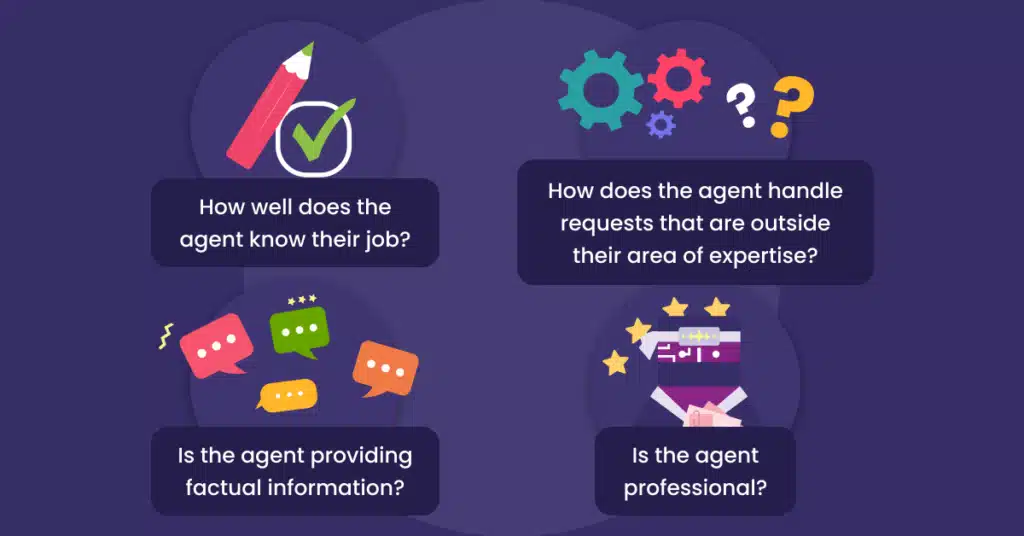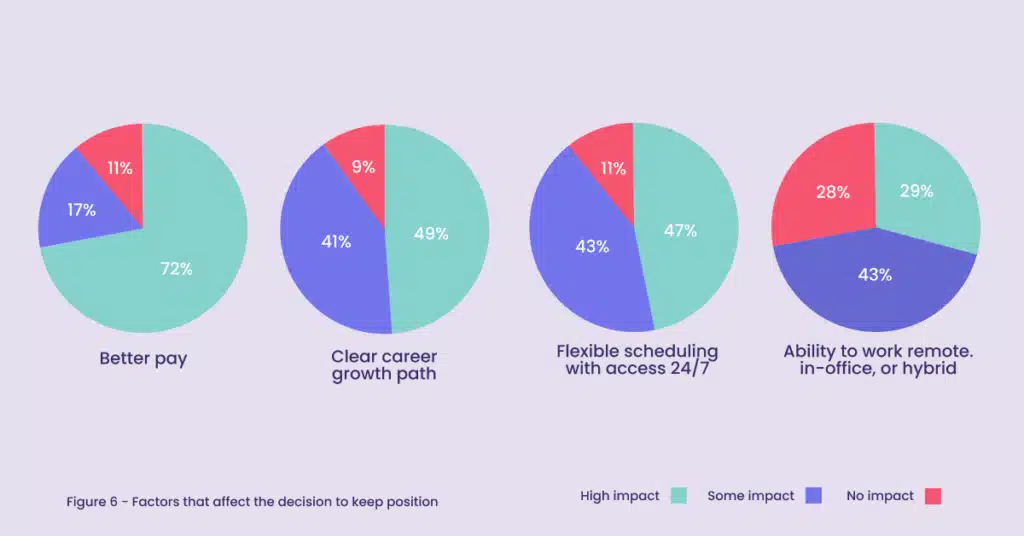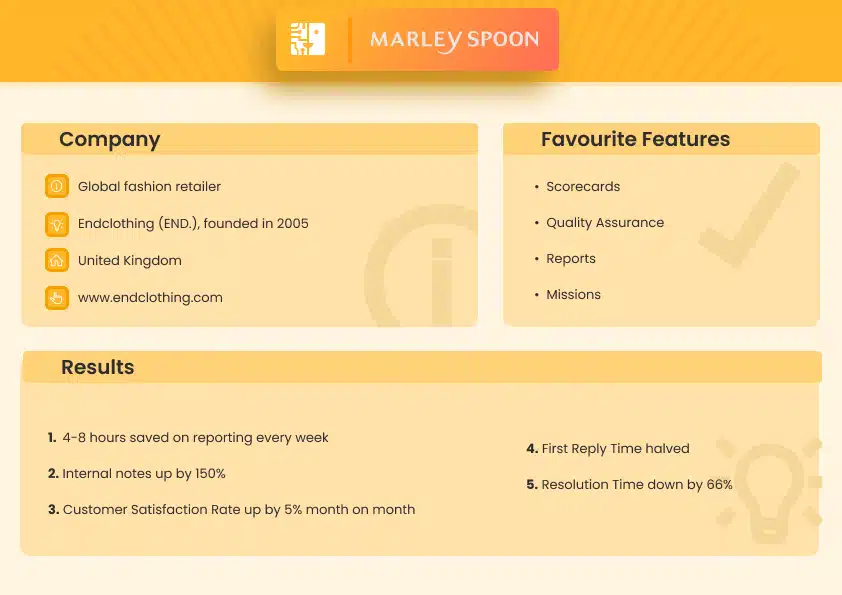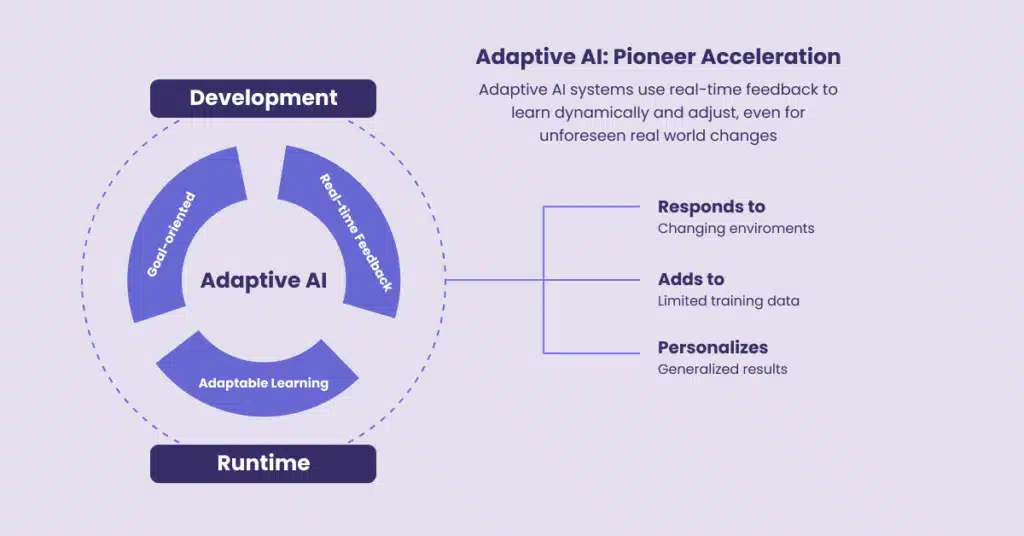According to Zippia, there are over 417,188 call center representatives employed in the United States alone. And with an increasing demand for quality, having an elite crew of support representatives makes it a top priority.
Enterprises, businesses, and organizations alike are feeling the pressure to balance quality and quantity. In short, Quality Assurance (QA) is the term used to describe the system of processes taken to evaluate the quality of care given to potential, existing, and past customers.
The ultimate outcome for each interaction is to meet or positively exceed a customer’s expectations as defined by an organization’s Ideal Customer Profile (ICP).
Below we will teach you how to manage your service quality assurance team with success and preserve your company’s reputation when your team leads are responsible for 50+ agents.
Why does QA fall apart in bigger teams?

As stated earlier, QA involves much more than just achieving high scores. It is, indeed, a system of processes taken to evaluate the quality of care given to potential, existing, and past customers.
Quality assurance managers have to correct the tone and language used by agents in customer interactions and verify that agents are following the proper protocol when solving customer problems.
The ultimate goal in customer support quality assurance is to preserve their employer’s ideal customer journey and detect inefficiencies in processes. Without the appropriate systems or support, doing quality assurance becomes a challenge.
Let’s take a look at the pain points that team leads face as they juggle their many responsibilities with 50+ agents under the wing.
1. Issues retaining talent
As the number of agents in call centers increases, so does the risk of losing talent.
Talent retention has been a challenge for the call center industry even before the economic difficulties associated with the COVID-19 pandemic. A global survey published by NICE digs further into this troublesome trend. Their report confirms that, indeed, when a call center employs over 1,000 agents, the churn rate soars. Let’s dive into the data.
In 2021, companies with up to 1,000 service agents saw an average of 34% loss in talent (service employee churn). In businesses that surpassed that point, employing up to 5,000 agents, their church rate rose to an average of 40%. And, finally, with service departments of an incredible size, employing over 5,000 agents, churn rates grew to nearly 50%, showing jaw-dropping instability in the support teams working for the companies of this size.
Call center jobs are among the most stressful positions, burnout amongst agents is a fast-growing trend that threatens the quality assurance sector of customer service. And it’s not simply due to the nature of their work.
The pressure team leads face to maintain a consistent level of customer support only heightens with the high numbers of churn. Having to redirect attention to onboarding and reorganizing service teams creates less opportunity for oversight on quality service assurance across the board.
2. No time to rate tickets or monitor individual agent performance
To maintain quality assurance and customer service, it’s in a manager’s best interest to designate time during the day to review a selection of completed tickets. Going through this QA process is a sure-fire way to maintain quality interactions.A team lead is responsible for combing through customer interactions and identifying both exemplary and unacceptable aspects of each touchpoint. This is no simple task.
To rate each ticket and provide meaningful feedback requires close attention to detail and exercises their knowledge of product, people, and company policy according to the customers request. Team leads will have a set of questions, similar to the questions below, in their mind to evaluate each touch point. Under ideal management, experienced leaders can do this quickly. But without the appropriate systems, the quality of your QA practices can suffer.

Agents rely on their managers to review their QA Scorecards to improve their language, knowledge base, or empathy demonstrated. The company relies on the accumulative information from these tickets to deliver key metrics like CSAT, Average Handle Time (AHT), or agent Reply Time (RT).
The issue here is that when service teams have over 50 agents, managers are at a deficit for time. The lack of personal contact with supervisors – in the form of social conversations, feedback sessions, or recognizing an agent’s outstanding performance – can quickly add to the dissatisfaction agents feel and thus decrease the quality of care customers receive.
Believe it or not, agents want more contact with their team leads.
Unfortunately, these agents just aren’t able to receive the meaningful guidance they want. Despite the fact that 49% of agents consider the opportunity to grow their career in customer service as having a high impact on their decision to stay at their jobs, nearly 60% of agents report receiving inadequate coaching from their team leads.
In a white paper published by Toister Solutions, researchers also suggested that a lack of support from team leads is related to a high risk of burnout. In the discussion, Toister confirmed their hypothesis and attributed this phenomenon to three factors:
- Leaders have too many agents to provide adequate, individualized attention
- Leaders are reluctant to give feedback due to a lack of experience building a coaching culture
- High-priority administrative tasks become time-consuming and impede coaching quality
3. Inaccurate numbers and overstressed managers
Reporting is everything when it comes to top customer service and quality management.
The hard truth is, whether team leads have the time or not, they will produce whatever they can to satisfy their responsibilities as a manager. After all, the show must go on.
It’s outstanding how many of our users relied on manual reporting before adopting our software. In these conditions, team leads are spending their time shuffling between spreadsheets and jumping from one tab to another until their brain goes numb.
Regardless of how mentally taxing the job might be, an employee’s responsibilities often require that these tasks must be performed on a regular basis.
An occupational research group from the Universidade de São Paulo, looked how these pressures specifically affect call center employees. They found that agents and managers alike suffered eye fatigue at 73.9%, “weight” in the eyes at 68.2%, with “burning” eyes experienced by 54.6% of support personnel. Over all, these symptoms added up Computer Vision Syndrome which was confirmed to be affecting 54.6% of employees at the call centers surveyed.
This can be especially problematic in an industry like customer service where the devil is in the details.
In a publication from the University of Hawaii on human error occurrence in manual spreadsheets, Professor Raymond Panko calculated that 88% of Excel spreadsheets contained errors.
The three most frequently occurring errors are:
1. Mechanical: spelling mistakes or connecting formulas to an incorrect cell
2. Logical: entering an incorrect formula
3. Errors of Omission: simply missing appropriate information

Companies are depending on their QA specialists to accurately collect, organize and interpret metrics. This means inaccurate numbers can become a serious threat that may arise from mismanagement in service teams with over 50 agents.
These numbers are driving almost all decision making in a business. Strategic goals are driven by the data collected by team leads. And an agent’s future at the company can be based on performance metrics. Even financial investment is secured based on these comprehensive reports.
Bottom line — when team leads have 50+ agents to manage, inadequate resources and support mistakes are bound to happen.
4. Dropping the ball on your growing audience
Despite having a high quantity of agents, customer service quality assurance is still an ongoing puzzle that needs to be addressed. The importance of quality assurance in customer service rests, quite gingerly so, on quality performance achievements like using a customer’s preferred language, grammatical correctness, and an individual idea of “care.”
As companies add seats and gain international audiences, successful time management can fall apart. With the addition of cultural differences and multiple time zones, QA specialists often have to go through a learning curve that can impact QA metrics and KPI achievement at large.
Simply put, when a business reaches multinational audiences, there comes a unique challenge with providing quality service assurance when your customers are oceans apart.
As a business grows to serve a wider customer base – the range of languages spoken by customers is likely to expand as well. To ignore this service opportunity and isolate a significant segment of the non-English speaking market is a risk to your QA.
The impact that a company faces by leaving international and non-English speaking customers unaddressed could be over a 40% loss in potential markets, according to Dr. Donald A. DePalma, CSA Research’s Chief Research Officer. This research and other research conducted by Execs In The Know is a blow to english-only support teams. 48% of multilingual respondents cited “providing support in native language” as having a significant – and negative – impact on outcomes of their customer journey.
Service QA management strategies that just work

Above we identified the major challenges associated with practicing quality assurance in teams with 50 or more agent seats. To review, issues include retention, time pressure, rushed reporting, and growing multinational audiences.
Below we provide some relief for these pain points. Deploy these solutions and your team leads will thank you!
1. Leverage agent-specific talents
A fairly common quality management strategy is to organize your teams to match skill, capacity, and service activity. Actually, this is where having a team with over 50 agents is a great advantage. When possible, managers can utilize their preferred customer service software to hide specific channel alerts. Kaizo gives managers the opportunity to dedicate shifts where they de-prioritize real-time channels like live chat or social media DMs.
When managers approach customer service assurance from this angle, they have an opportunity to act strategically to improve their QA metrics like First Contact Resolution, or total Tickets Solved. Enterprises hire quality assurance managers to leverage every resource available to achieve their ultimate KPIs.
Reorganizing large teams to match skillset, capacity, and knowledge base to the appropriate channel or ticket category can improve metrics and empower agents to understand their worth.
Be the enterprise that capitalizes on the 49% of agents who are highly motivated to stay in customer service. Reorganize your team and activate your agents for better metrics all around!
Here are some of the factors agents consider when thinking about their career in customer service.

2. Take advantage of tech: Automation & AI
To provide a metaphor, Automation and AI are essentially middlemen for quality service assurance. They take care of the dirty work that eats up our time at work — accurate data entry, processing, visualization, cumbersome analysis procedures, and so on. Luckily, large-scale enterprises are warming up to the ways these smart solutions can make holistic growth possible in their corporation.
Let’s explore practical applications of AI and Automation for customer service quality assurance.
Automate tasks
Automated data entry and reporting is one of the simplest yet most significant benefits that can come from advanced management platforms. As your agents work, Automation features can track, save, and categorize the activities an employee performs in a day. And that’s only a fraction of the solutions Automation can provide!
Imagine having access to conversation logs, total time spent on the platform, heaviest periods of traffic that occurred, the number of tickets that got resolved, paused, or passed on to a co-worker, and so on – with zero additional data entry time needed.
Better yet, imagine the smile on managers’ faces when they can sit down to prepare for their team’s performance review and their data is already organized into actionable reports. Or when they realize the software their directors invested in automates notifications for each agent when they finish rating their tickets.
Marley Spoon, an international meal-kit delivery service, can provide a fantastic use case for the advantages of Automation to their business growth and customer satisfaction.

Get smart with AI
Artificial intelligence is a powerful technology that can increase satisfaction for customers and your team. As your software collects performance data and managers use the extra time to rate tickets, AI solutions will work in the background to grow the knowledge base and provide personalized solutions to improve QA.
Gartner positions Adaptive AI amongst their Top 10 Strategic Technologies Trends of 2023. The benefit of embracing AI solutions is in its ability to make sense of large datasets generated by service teams with 50+ agents.
AI is designed to pick up on subtle shifts in customer or agent behavior, respond with targeted solutions, and add valuable insights to data to help leaders better steer their roadmap to KPI achievements.

Working in service quality assurance is a demanding job. Having automated processes lends managers a helping hand, adding accuracy and efficiency to their workflows.
With a little help from our robot friends, team leads have the time to fully embrace their position as a leader. Having 50 agents under your wing is not always easy. But it does present an amazing leadership opportunity for people who are passionate about customer service.
3. Customize service quality criteria
If customer satisfaction is a house, the way you define quality, the metrics you measure, and the grading criteria implemented are the foundation and walls.
Having access to customizable QA review criteria also provides an opportunity to align your quality assurance to the needs of your growing customer base.
Head of Support Stephan Wohl, who oversaw Channable’s major expansion in 2020, spoke to us about how she led her team as they adjusted to provide culturally appropriate customer quality assurance.
As Channable increased its support teams and expanded into new European markets, they were confronted by the many cultural differences that exist in the EU.
Luckily, having the flexibility to deploy market-specific service quality assurance guided their agents. As soon as they implemented these changes and redefined the qualitative elements of an ideal customer service journey, Channable saw their CSAT soar!
Wrapping up

The importance of quality assurance in customer service is not lost on the businesses of today.
Customers expect their support to be delivered quickly and accurately and their agents to be friendly and offer individualized advice. This is not an easy order to fill. But it is possible.
With bigger teams, come bigger responsibilities.
Investing in the right software and implementing best practices for QA management will pay off in the end. Every enterprise will have its own method to measure, monitor, and maintain QA. But what remains the same is the potential to leverage the resources of having a large team to your benefit.
We’ve shared what we know about managing QA in teams with 50 or more agents. And now the ball’s in your court!



